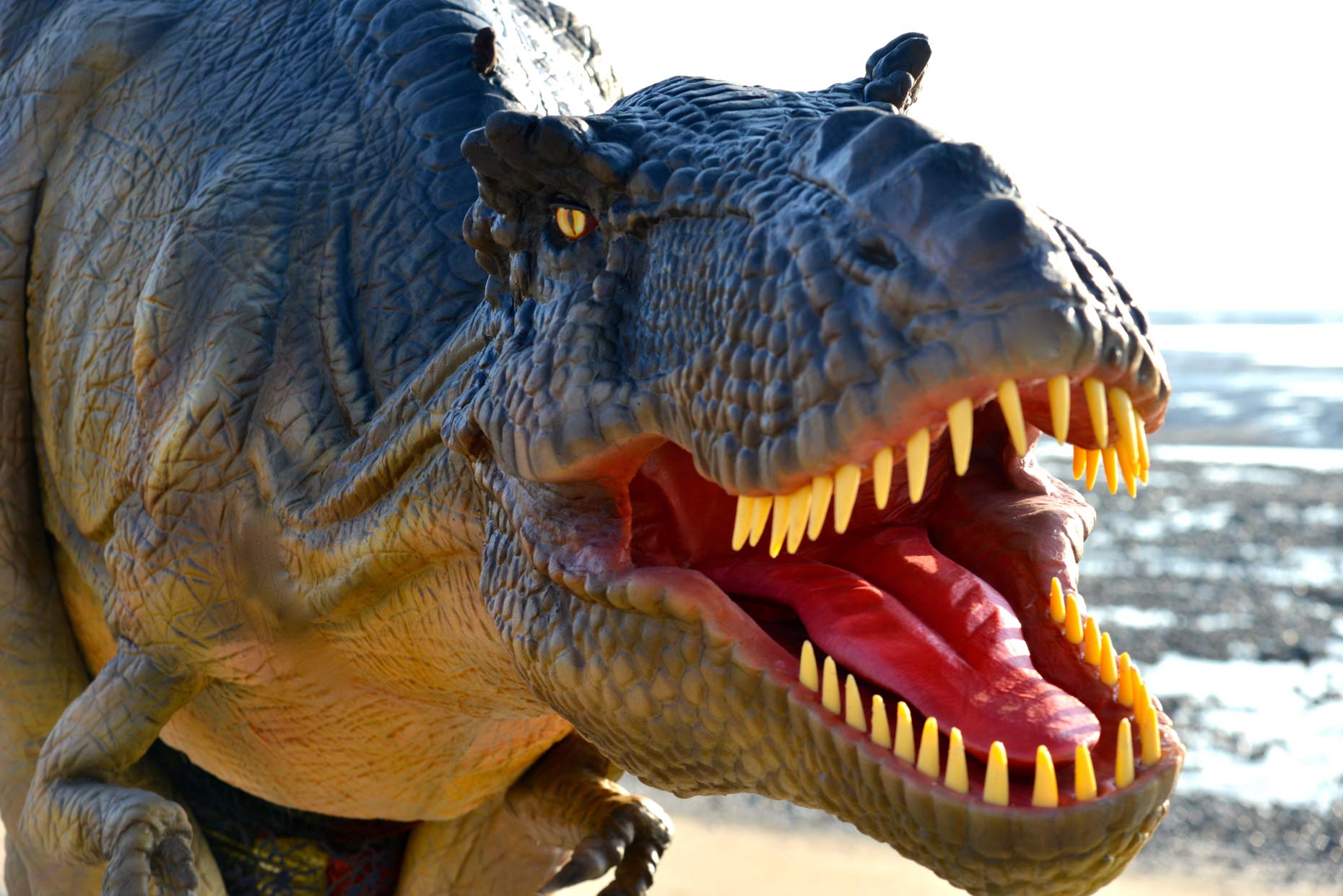

It was discovered quite recently, in 2012 – feathered tyrannosaurs had been discovered a little before then, but not large ones like the nine-metre-long Yutyrannus. Yutyrannus huali skull, showing short feathers on the outside (Image from: ) This for example is a part of a relative of Tyrannosaurus rex, known as the Yutyrannus huali – ‘Yutyrannus’ just means ‘feathered tyrant’. Which all of course means that there’s exciting new information about the way larger theropods, such as T. Yes, this is a bird fossil rather than a dinosaur – notice the lack of tail! Look at those feathers! Now, Sinosauropteryx was a very early example of a theropod (that is, dinosaurs of this sort of shape, with two legs and a long tail) which means that feathers were probably present on the ancestral, basic forms of many other theropods that we’d recognise more from a lot later on in the timeline.Ĭretaceous bird fossil from Liaoning, China, on display in the Fossils Gallery at Manchester Museum. A closer look at the tail shows that this dinosaur was stripy. Sinosauropteryx fossil – a dinosaur shape with hairlike feathers on the outside. The very fine volcanic ash from a nearby volcano means that we can see details we wouldn’t normally… This is thanks to it being part of a Lagerstätte, the term for an exceptionally well-preserved fossil site. Here, for example, is a picture of a dinosaur called Sinosauropteryx, discovered in the Liaoning province as part of an amazing deposit showing the “ Jehol biota” in China – a wonderful ecosystem that we can see preserved in full, showing the flora and fauna of Northeastern China between 133 and 120 million years ago.

With relatively recently-discovered fossils, it looking less and less like that many dinosaurs resembled what we would think of as reptiles at all … I’ve given you a clue already by using birds rather than reptiles to compare to. So how can we tell anything other than its basic shape? This goes to show how exceptional a fossil is in the first place, and of course – as you’ve probably noticed – it’s generally only the hard parts that are preserved, such as bones and teeth. To compare that to today, there are around 10, 000 species of birds in the world at the moment, and the ‘ age of the dinosaurs’ actually covered so many millions of years that we should, theoretically, have multiple sets of different species for (for example) the Triassic, Jurassic and Cretaceous periods. Well, the honest answer is that it’s tricky to tell, fossilisation is a rare thing to begin with – only a few hundred dinosaur species described and named so far. Tyrannosaurus rex picture from label, Fossils Gallery, Manchester Museum. rex look like?” you ask… Well, it’s obvious, isn’t it? Just look at this picture: We each bring our own insight into Manchester Museum and its collections.įor more about fossils, please visit the Curator’s blog, Palaeo Manchester. We are not experts, but we are people with a passionate interest in the museum and its objects. Today’s post is by Bryony from the Visitor Team at Manchester Museum.


 0 kommentar(er)
0 kommentar(er)
